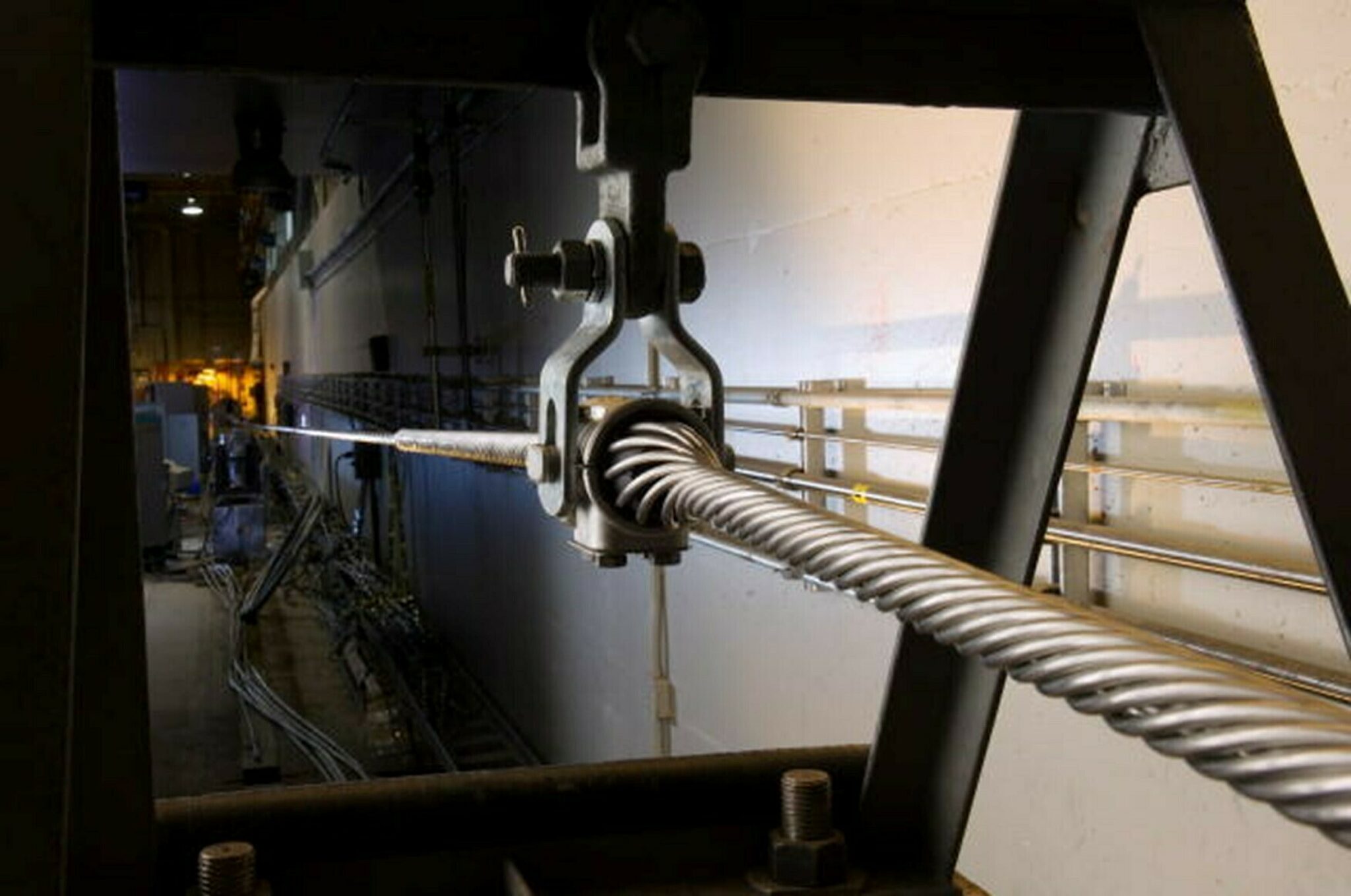Investing in optical fibre testing equipment improves network performance.
Investing in optical fibre testing equipment improves network performance.
Blog Article
The Duty of Optical Fiber Testing in Ensuring High Quality and Performance in Connectivity Solutions
In today's rapidly progressing electronic landscape, the value of optical fiber screening can not be overemphasized, as it serves as a foundation for guaranteeing the high quality and efficiency of connectivity services. As modern technology continues to breakthrough, the future of optical fiber screening postures interesting obstacles and possibilities that warrant closer assessment.
Significance of Optical Fibre Screening
The significance of optical fiber testing can not be overstated in guaranteeing the honesty and performance of interaction networks. As the foundation of modern-day telecoms, optical fibres help with high-speed information transmission, making their reliability vital to operational success. Checking works as a proactive action to recognize prospective concerns such as signal loss, attenuation, and physical damages, which can jeopardize network performance.
Regular testing allows for the confirmation of installation high quality and the discovery of defects that might affect information honesty - robotic vision. By utilizing extensive testing procedures, network operators can reduce the threats related to network failures, consisting of downtime and economic losses. Optical fiber testing guarantees conformity with industry standards and guidelines, boosting the total high quality of solution provided to end-users.
Ultimately, the systematic assessment of optical fibres adds to the longevity and effectiveness of communication systems. It allows stakeholders to make informed decisions concerning maintenance, upgrades, and troubleshooting. In a landscape where information is progressively crucial, focusing on optical fiber screening is vital to maintaining durable and reliable connection options, thus sustaining the demands of contemporary electronic atmospheres.
Sorts Of Optical Fiber Tests
Different testing techniques are utilized to ensure the capability and reliability of optical fibers within interaction networks. These tests can be generally categorized right into two main types: installment examinations and upkeep tests.
Setup tests are carried out immediately after the installment of optical fibre cords to confirm their performance and stability - optical fibre testing equipment. The most usual installment tests include Optical Time-Domain Reflectometry (OTDR) tests, which assess the quality of the fiber by recognizing faults or breaks, and end-to-end loss examinations, which measure the complete optical loss from one end of the fibre to the other
Upkeep examinations, on the other hand, are done occasionally to guarantee continuous performance and discover potential problems in time. These consist of visual inspection, which look for physical problems or incorrect installations, and continuity examinations, which confirm that the signal can go through the fiber without interruption.
Furthermore, advanced tests such as Polarization Mode Dispersion (PMD) and Chromatic Diffusion (CD) examinations can be carried out to assess the fibre's efficiency under various problems. By utilizing these diverse screening approaches, service technicians can preserve high requirements of top quality and dependability in optical fiber networks.
Advantages of Normal Examining
Routine testing of optical fibres plays an essential function in preserving the general efficiency and reliability of interaction networks. By conducting routine assessments, companies can make sure that their fiber optic setups fulfill sector requirements and run efficiently. This positive method aids to recognize possible weak points and destruction in time, allowing for timely treatments before issues escalate.

Cost-effectiveness is an additional advantage. By addressing minor issues early, organizations can prevent the high expenses associated with significant repair services or system failings. Routine testing additionally cultivates compliance with governing needs, guaranteeing that the network follows essential security and performance criteria.
Common Concerns Identified
Identifying typical problems in optical fiber networks is necessary for preserving ideal performance and integrity. Numerous aspects can add to disruptions, consisting of physical damages, poor installment techniques, and ecological impacts.
Physical damages, such as bends, breaks, or abrasions, can substantially deteriorate signal quality. Inappropriate setup methods, including extreme stress or poor securing of cables, may result in boosted depletion and loss of connectivity. In addition, ecological elements such as temperature variations, moisture ingress, and rodent interference can endanger the stability of the fiber.
Connector problems likewise frequently develop, with inappropriate placement or contamination bring about increased insertion loss. Splicing errors can present significant signal destruction if not performed with precision.

Attending to these common issues through regular optical fibre testing not only enhances network reliability yet likewise enhances general performance, ensuring that connection options continue to be durable and effective.
Future Trends in Examining
As the demand for high-speed connection proceeds to increase, the future of optical fibre screening will progressively concentrate on automation and advanced analytics. The combination of fabricated knowledge (AI) and artificial intelligence (ML) in screening procedures will enable a lot more reliable information analysis and predictive upkeep, decreasing downtime and enhancing overall network integrity. Automated testing solutions will enhance the inspection check my reference and accreditation of fiber networks, lessening human error and raising testing throughput.
One more substantial trend is the adoption of remote screening technologies. As the deployment of fiber networks expands right into remote and underserved locations, remote screening capabilities will permit specialists to keep track of and identify network conditions without physical presence, thus minimizing operational expenses and boosting action times.
Moreover, there will certainly be a shift towards even more extensive testing criteria that incorporate not only standard loss measurements but also performance metrics such as latency and bandwidth use. This holistic strategy will facilitate better network monitoring and optimization approaches.
As these patterns develop, the optical fiber testing landscape will certainly not just enhance the quality and efficiency of connection options yet additionally sustain the growing intricacies of modern communication networks.
Final Thought
In verdict, optical fiber testing serves as a basic element in preserving the stability and performance of interaction networks. The recurring commitment to normal testing not just enhances information transmission however likewise aligns with market requirements, cultivating integrity in network facilities.
Report this page